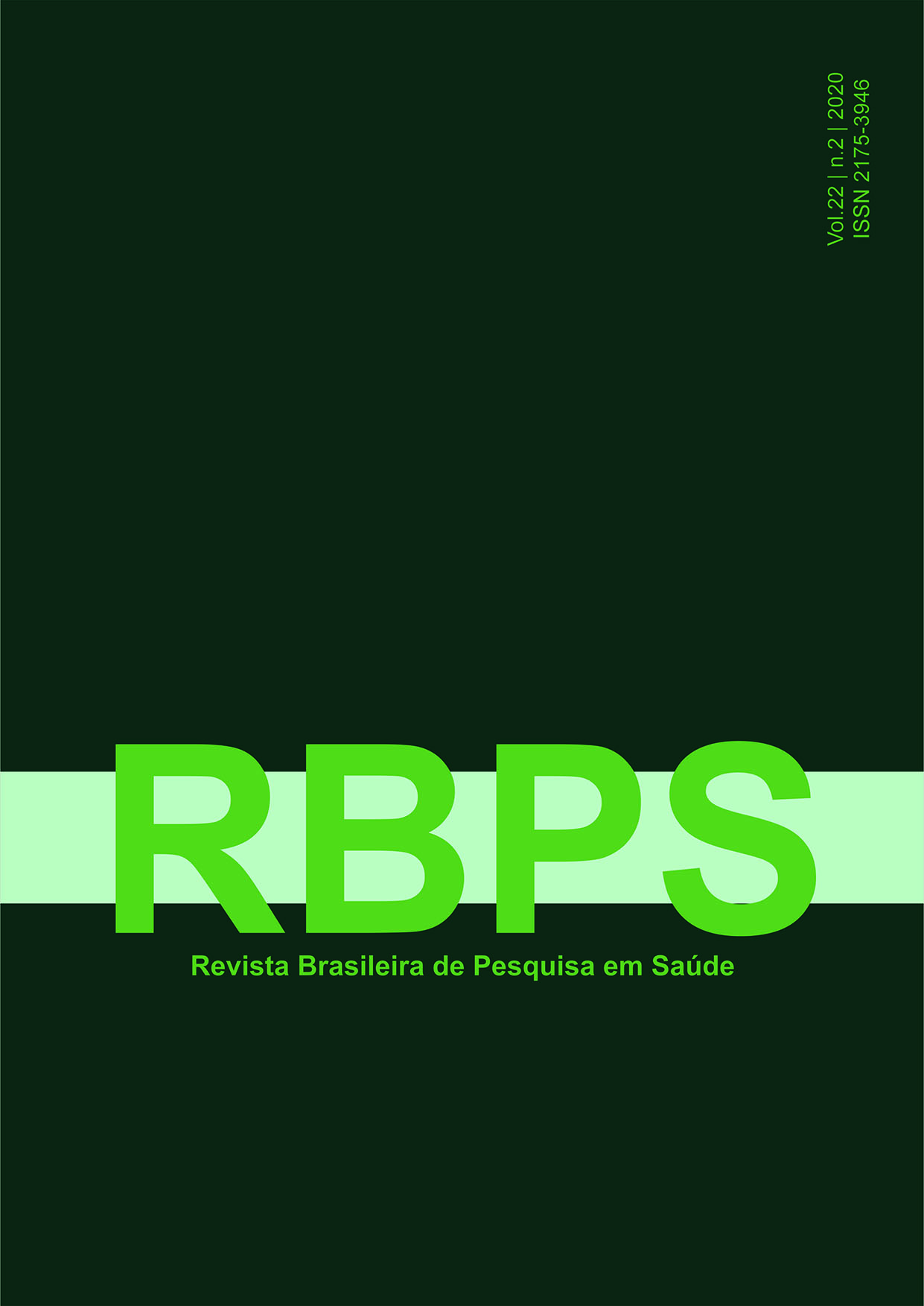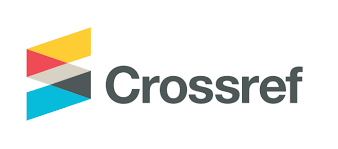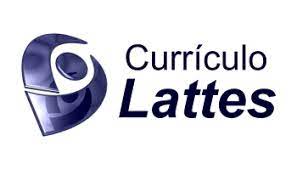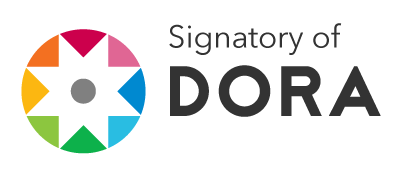Mapping non-conformities in gloss records in a private Brazilian hospital
DOI:
https://doi.org/10.47456/rbps.v22i2.21642Keywords:
Medical Audit, Nursing Audit, Nursing Records, EconomyAbstract
Introduction:
Audits carried out in the health field have helped hospital managers to improve patient care and control costs. Objective: Mapping non-conformities in glosses pointed out by the billing sector of a private hospital. Method: Quantitative descriptive and retrospective documentary study; based on gloss reports from a private hospital in the Mid- Northern Mato Grosso State. The Data refer to the period from January to December 2017. Descriptive analysis, frequency and percentage calculation were performed Microsoft Office Excel 2007® software for data tabulation and treatment purposes. Results: There was prevalence of technical glosses. Glosses regarding medical staff comprised: lack of medical report, as well as of records concerning patient evolution, hospital discharge, performed procedures signature and stamping in expense sheets and drug prescriptions; Glosses regarding the nursing staff comprised: lack of check and stamp on medical, and nursing prescriptions, on material and medication using, and non-registration of performed procedures (higher prevalence for puncture/bandages). Gloss amount led to losses that could have been invested in in order to improve the institution itself. Conclusion: It is necessary training these professionals about the important role play by notes in medical records, minimum data standardization and forms to report patients’ evolution, and about research on workload and organizational culture. It is essential emphasizing that health institutions must invest in training teams capable of managing the quality and safety of care provided to patients.
Downloads
References
-ASSOCIAÇÃO BRASILEIRA DE BIOMEDICINA, HISTÓRIA DA BIOMEDICINA. Disponível em: http://www.abbm.org.br/historia-da-biomedicina
-CONSELHO FEDERAL DE BIOMEDICINA. Disponível em: http://cfbm.gov.br/
- CAMPOS, L. EDUARDO DÁCIO; TRAJETÓRIA DOS CURSOS DE GRADUAÇÃO NA ÁREA DA SAÚDE, 2006.
- PORTAL E-MEC, INSTITUIÇÕES DE EDUCAÇÃO SUPERIOR E CURSOS CADASTRADOS. Disponível em: http://emec.mec.gov.br/
-CONSELHO REGIONAL DE BIOMEDICINA 1ª REGIÃO. Disponível em: https://crbm1.gov.br/
- APARÍCIO, C. Utilização do geoprocessamento e sensoriamento remoto orbital para a análise espacial de paisagem com incidência de Leishmaniose Tegumentar Americana. São Paulo, 2001. 93f. Dissertação (Mestrado em Ciências) – Instituto de Biociências, Universidade de São Paulo, São Paulo, 2001.
- ROCHA, D.; JUBERG, J.; ROSA, J.A.; SCHAEFER, C.W.; GALVÃO, C. Description of eggs and Nymphal Instars of Triatomabarataicarcavallo, Jurberg, 2000, based on optical and Scanning Electron Microscopy (Hemiptera: Reduviidae: Triatominae). Zootaxa, n.2, v.64, p.1-20, 2009.
- RIBEIRO, M. A. ET al. Georreferenciamento: Ferramenta de análise do sistema de saúde de Sobral - Ceará. SANARE, Sobral-CE, v.13, n. 2, p.63-69, jun./dez. 2014.
- STURARO, José Ricardo. Apostila de Geoestatística Básica. Rio Claro-SP: UNESP, 2015.
- MALTA, D. C.; ALMEIDA, M. C. M.; DIAS, M. A. S.; MERHY, E. E. A mortalidade infantil em Belo Horizonte, Minas Gerais, Brasil, por área de abrangência dos Centros de Saúde (1994-1996). Cad. Saúde Pública, v.17, n.5, p.1189-1198, set./out. 2001.
- JAKOBI, H. R. Mapa de risco ocupacional no estado de Rondônia baseado em tecnologia de georreferenciamento. 2008. 96f. Dissertação (Mestrado em Biologia Experimental) - Fundação Universidade Federal de Rondônia, Porto Velho, 2008.
- ANSELIN, L., Local Indicators of Spatial Association – LISA. Geographical Analysis, v. 27, n. 2, 1994
- IBGE – INSTITUTO DE GEOGRAFIA E ESTATÍSTICA, ESTIMATIVAS DA POPULAÇÃO DOS MUNICÍPIOS BRASILEIROS COM DATA REFERÊNCIA EM 1º DE JULHO DE 2014. Disponível em: http://www.ibge.gov.br/home/presidencia/noticias/pdf/analise_estimativas_2014.pdf.
- LIVRO GUIA DO ESTUDANTE, ENSINO SUPERIOR, 2016.
-CONSELHO REGIONAL DE BIOMEDICINA 6ª REGIÃO. Disponível em: http://crbm6.gov.br/site/
Downloads
Published
How to Cite
Issue
Section
License
Copyright (c) 2020 Revista Brasileira de Pesquisa em Saúde/Brazilian Journal of Health Research

This work is licensed under a Creative Commons Attribution-NonCommercial-NoDerivatives 4.0 International License.
Authors and reviewers must disclose any financial, professional, or personal conflicts of interest that could influence the results or interpretations of the work. This information will be treated confidentially and disclosed only as necessary to ensure transparency and impartiality in the publication process.
Copyright
RBPS adheres to the CC-BY-NC 4.0 license, meaning authors retain copyright of their work submitted to the journal.
- Originality Declaration: Authors must declare that their submission is original, has not been previously published, and is not under review elsewhere.
- Publication Rights: Upon submission, authors grant RBPS the exclusive right of first publication, subject to peer review.
- Additional Agreements: Authors may enter into non-exclusive agreements for the distribution of the RBPS-published version (e.g., in institutional repositories or as book chapters), provided the original authorship and publication by RBPS are acknowledged.
Authors are encouraged to share their work online (e.g., institutional repositories or personal websites) after initial publication in RBPS, with appropriate citation of authorship and original publication.
Under the CC-BY-NC 4.0 license, readers have the rights to:
- Share: Copy and redistribute the material in any medium or format.
- Adapt: Remix, transform, and build upon the material.
These rights cannot be revoked, provided the following terms are met:
- Attribution: Proper credit must be given, a link to the license provided, and any changes clearly indicated.
- Non-Commercial: The material cannot be used for commercial purposes.
- No Additional Restrictions: No legal or technological measures may be applied to restrict others from doing anything the license permits.

























